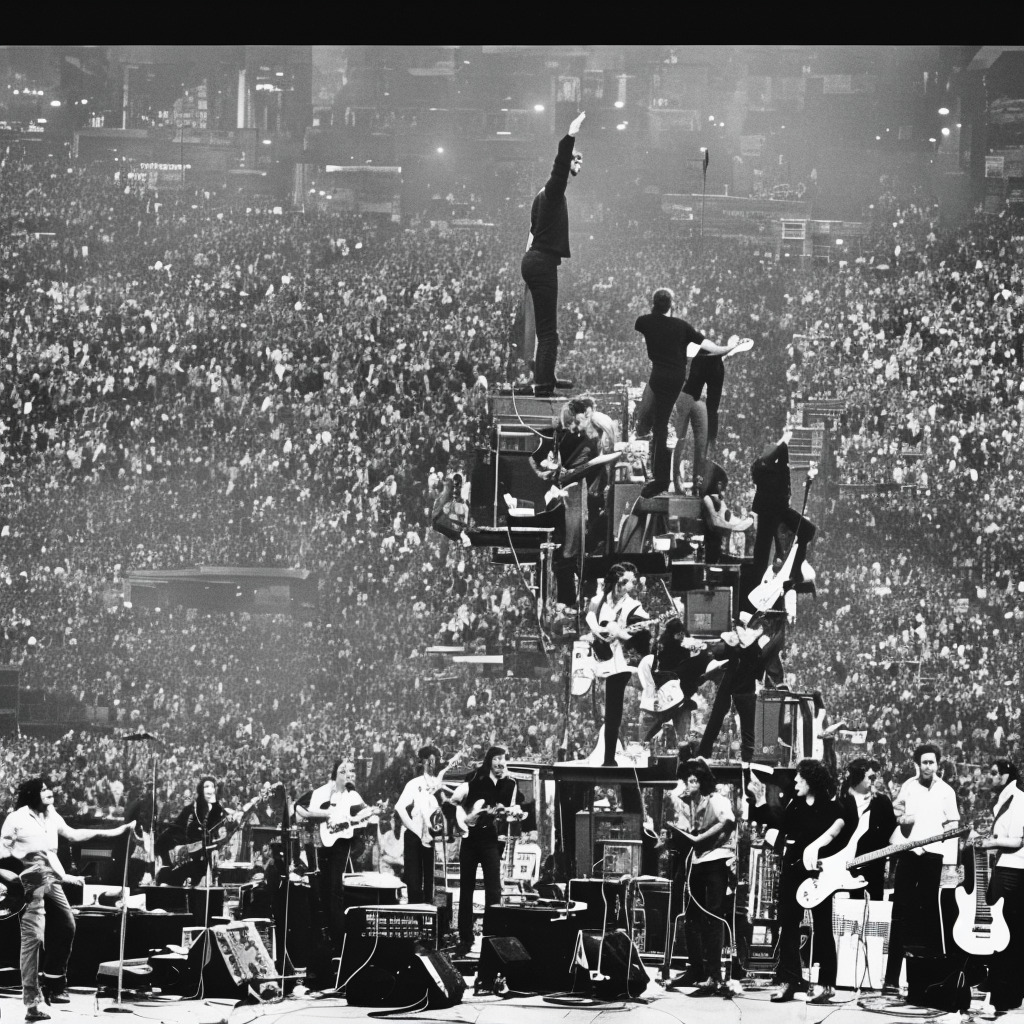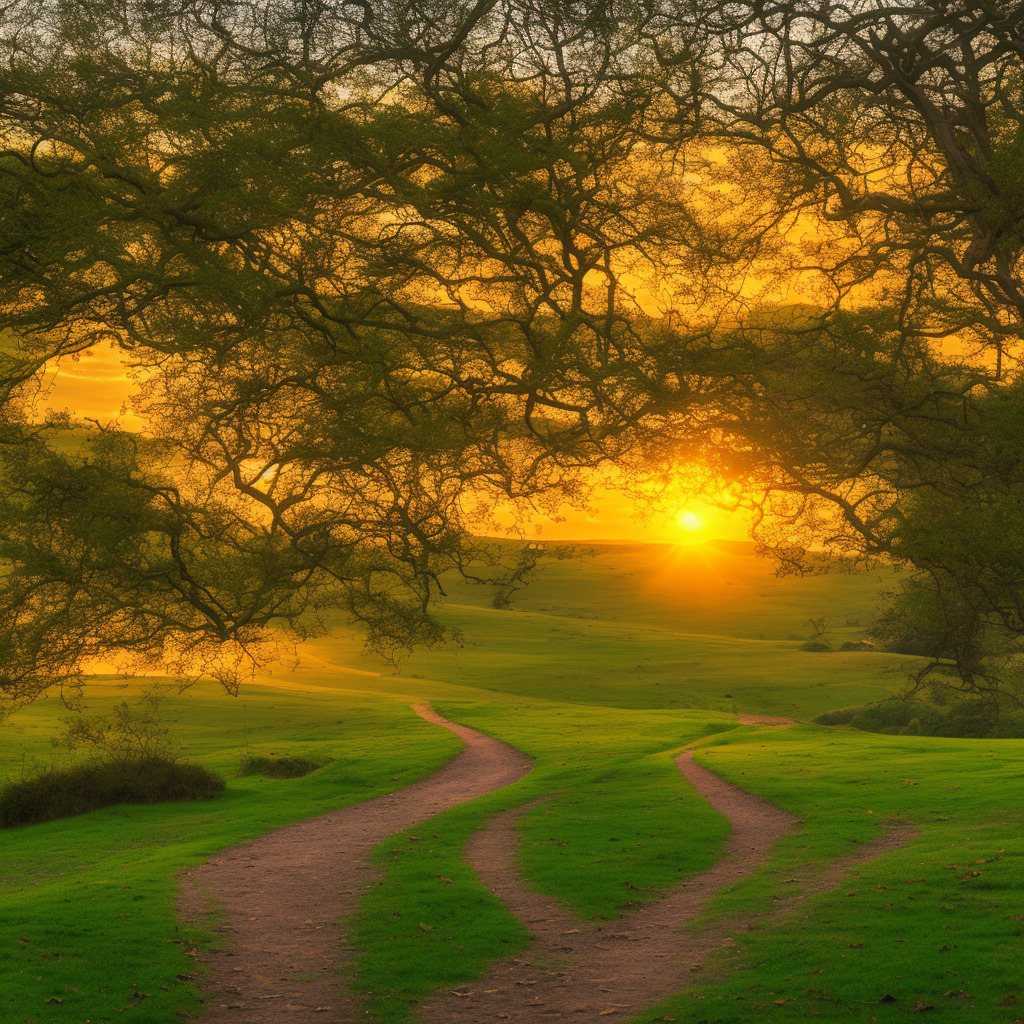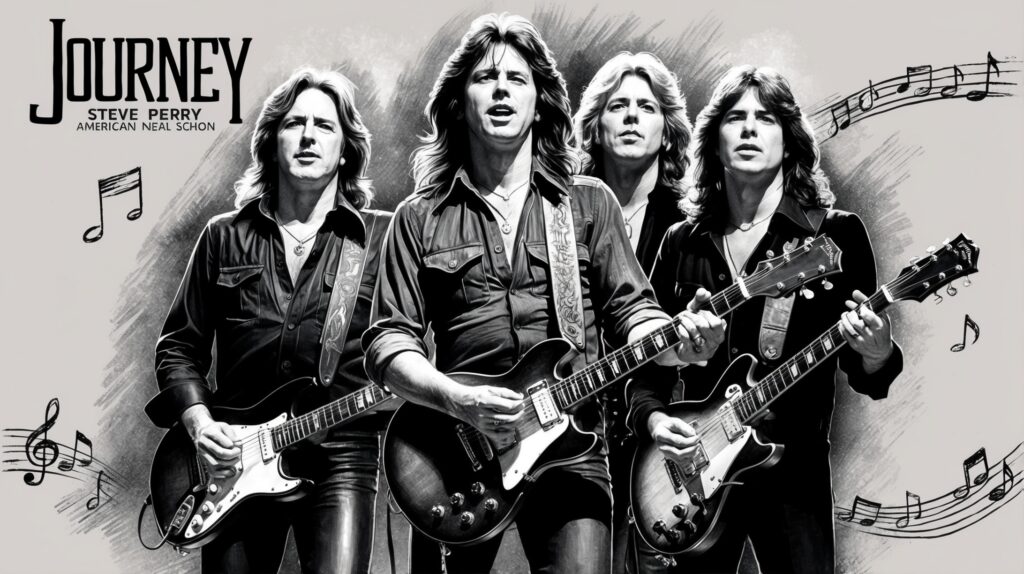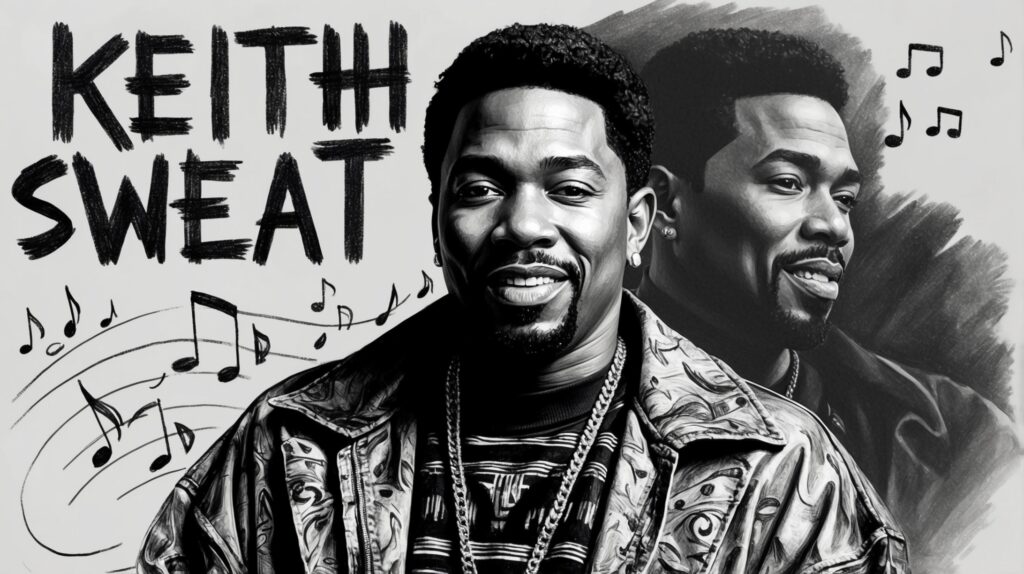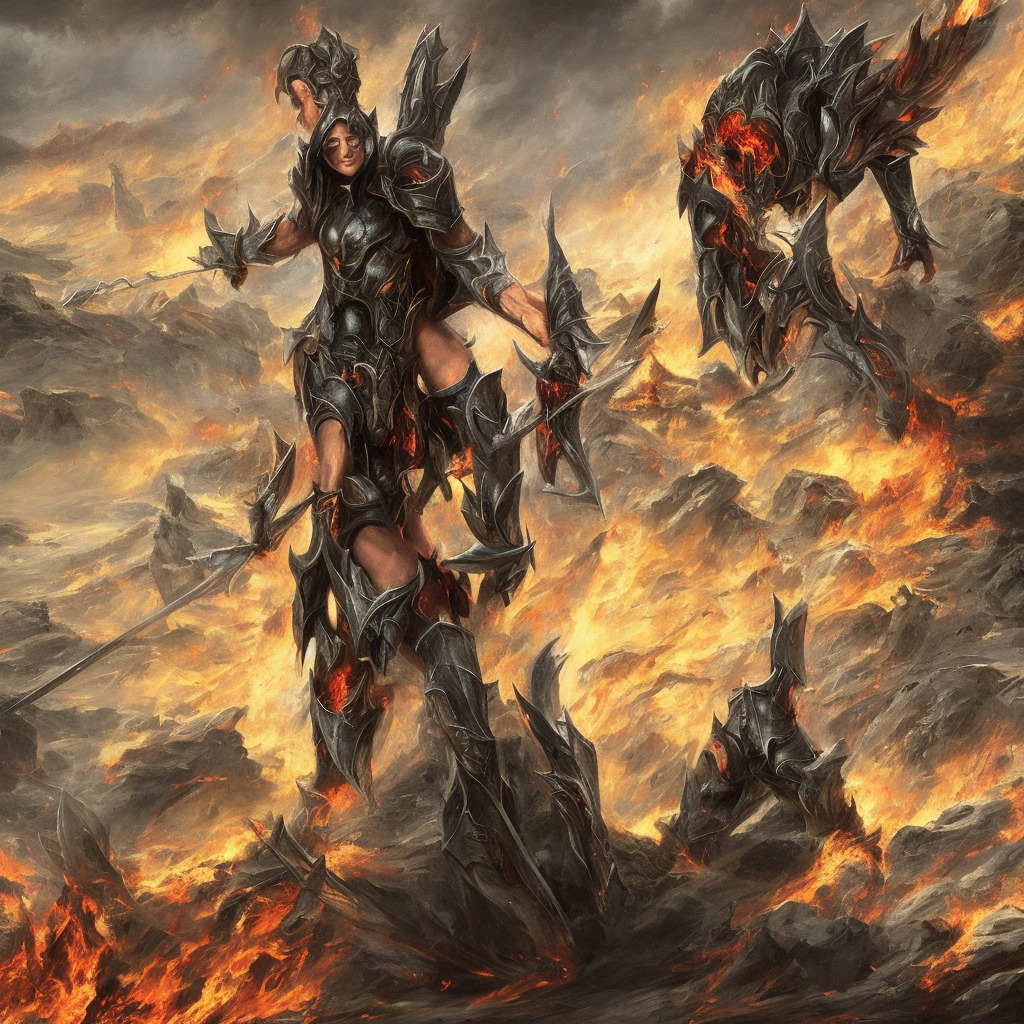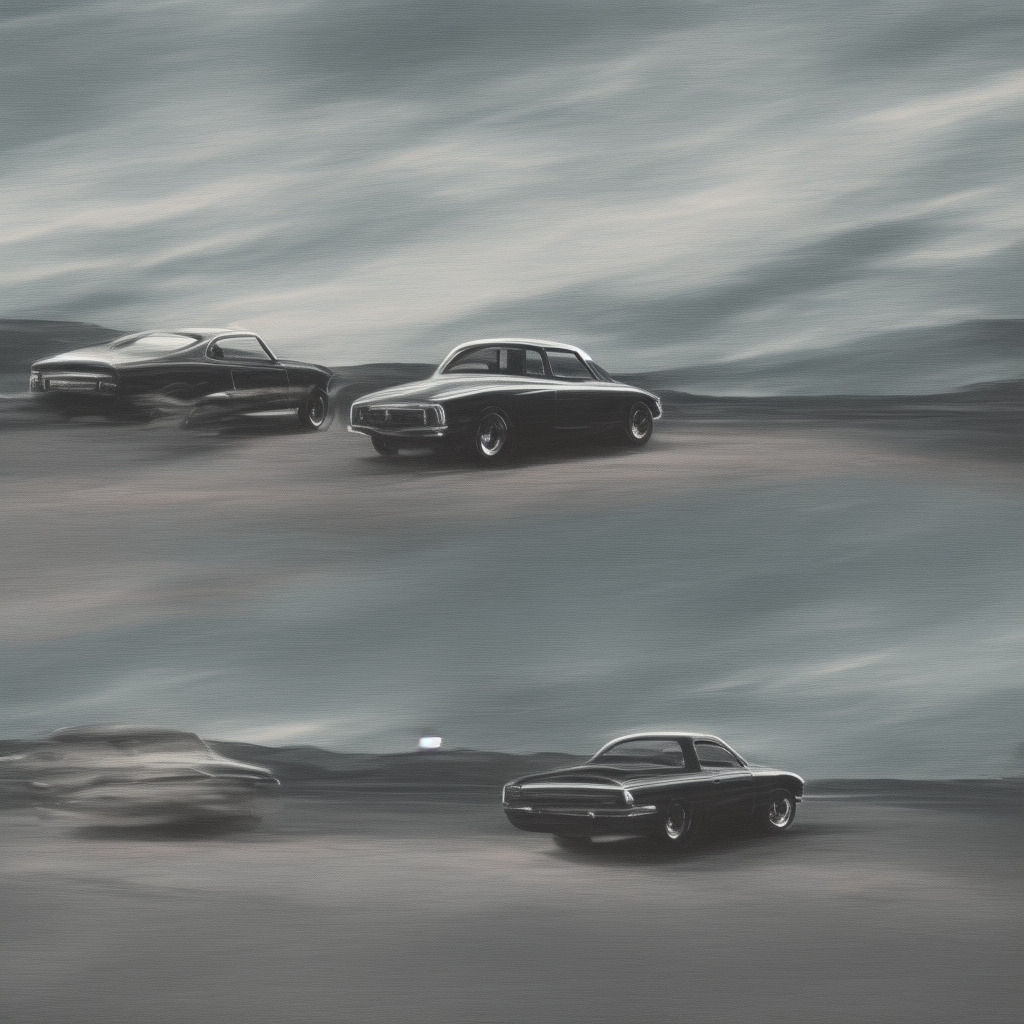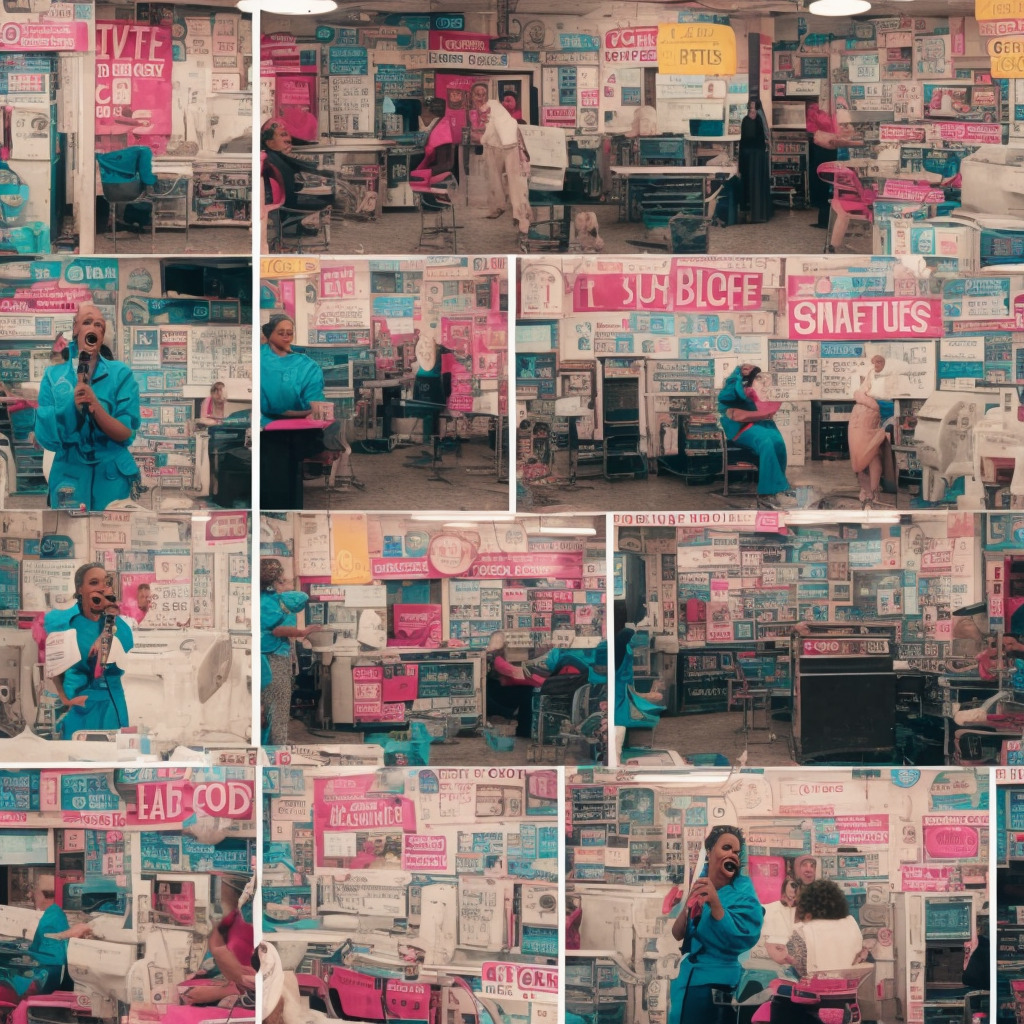? Dive into #Jungleland, where Bruce Springsteen’s poetic storytelling meets Clarence Clemons’ iconic sax solo! Did you know the Big Man’s solo was improvised in one take? A true masterpiece by #TheBoss ?? #BruceTrivia #MusicFacts #ClassicRock Read about it: tinyurl.com/4dvp3xwe
Delving Deep into The Boss’s Magnum Opus
Dive into Springsteen’s emotional rollercoaster, “Jungleland,” an epic fusion of rock and storytelling that transcends time with its vivid imagery and heart-wrenching power.
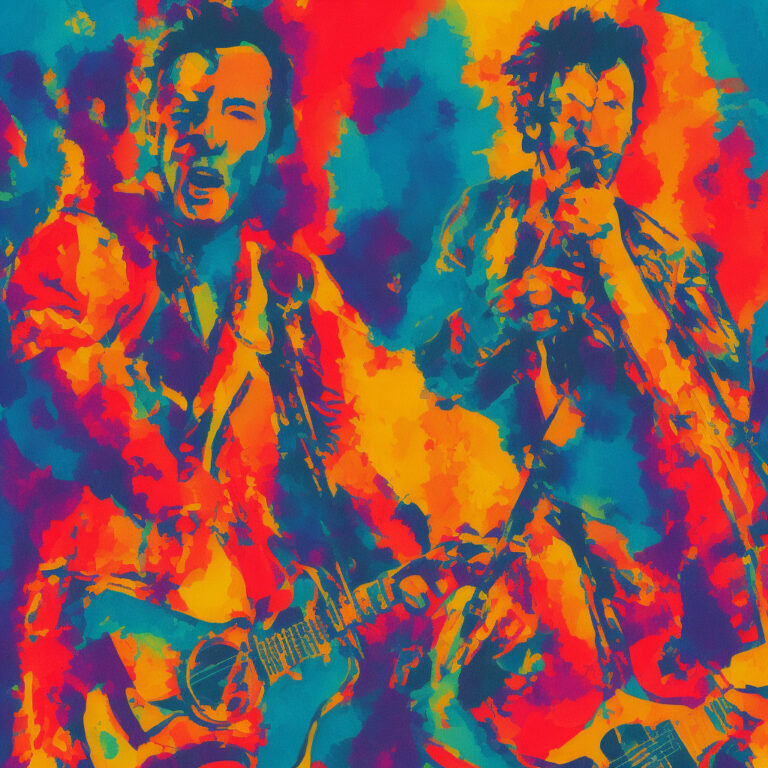
Bruce Springsteen, an iconic figure in the music industry, has undoubtedly left a lasting and significant impact on the hearts of millions of fans. As an American singer-songwriter and the leader of the E Street Band, his distinctive voice and storytelling abilities have resonated throughout the years. Springsteen has a plethora of successful albums such as Born to Run (1975), The River (1980), and Born in the U.S.A. (1984), which have not only earned him critical acclaim but also an impressive collection of awards including 20 Grammys, two Golden Globes, and an Academy Award.
One of Springsteen’s most revered songs, “Jungleland,” showcases his ability to create powerful and vivid imagery through his lyrics. This epic, nine-and-a-half-minute-long track is the closing song of the Born to Run album, and is regarded as one of his finest compositions. The song features a haunting saxophone solo by the late Clarence Clemons, whose partnership with Springsteen throughout the years played a significant role in the E Street Band’s success.
“Jungleland” serves as a centerpiece of the Born to Run album, expertly exploring the themes of urban struggle and the pursuit of a better life. A masterful fusion of rock and roll, classic pop, and poetic storytelling, this song enables its listeners to experience the struggles and dreams of its characters. The vivid imagery and raw emotion incorporated into its lyrics, combined with Springsteen’s powerful vocals and the E Street Band’s lush instrumentation, elevates “Jungleland” to a level of musical grandeur that few artists can achieve.
While some critics have argued that the song’s length and grandiosity may at times border on being excessive, it is difficult to deny the impact that “Jungleland” has had on the music industry and Springsteen’s career. The song remains a fan favorite during live performances, and its emotional power has stood the test of time. It is a testament to Springsteen’s songwriting prowess and his ability to capture the essence of the human spirit through his music.
In conclusion, “Jungleland” exemplifies the best of Bruce Springsteen and the E Street Band: complex and powerful storytelling, passionate performances, and the ability to evoke a wide range of emotions in its listeners. As a cornerstone of Springsteen’s discography, it is certainly deserving of both its critical acclaim and its enduring status in the hearts of fans worldwide.
Charting the Course of a Classic
“Jungleland” – A chart anomaly, but an enduring classic that shaped Springsteen’s legacy and continues to captivate fans and musicians alike.
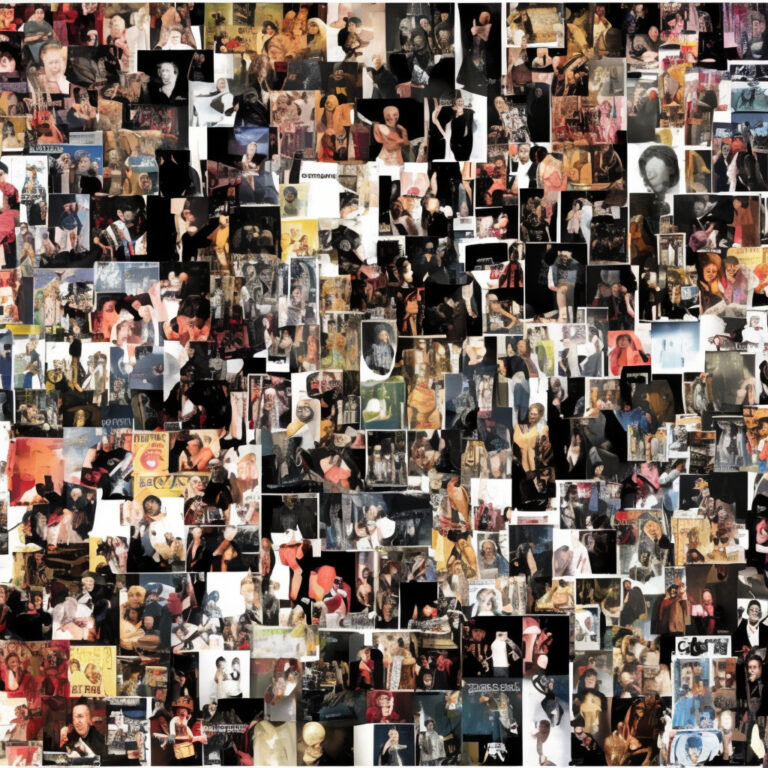
When it comes to the chart success of “Jungleland,” one might be surprised to learn that this iconic track from Bruce Springsteen’s 1975 masterpiece, “Born to Run,” never actually made it onto the Billboard Hot 100. Despite its lasting appeal and critical acclaim, “Jungleland” has always been more of a fan favorite and live staple than a chart-topping hit.
However, the album itself, “Born to Run,” saw great success, peaking at No. 3 on the Billboard 200 chart and eventually earning a 6x Platinum certification from the RIAA. Released on August 25, 1975, the album propelled Springsteen to stardom and solidified his place as an enduring and influential artist.
While “Jungleland” may not have reached the same chart heights as its fellow album tracks “Born to Run” and “Tenth Avenue Freeze-Out,” which peaked at No. 23 and No. 83 on the Hot 100, respectively, it’s undeniable that the song has made a lasting impact on the music world. The nearly 10-minute epic, complete with a breathtaking saxophone solo from the late Clarence Clemons, showcases Springsteen’s storytelling prowess and the E Street Band’s exceptional musicianship.
In the years since its release, “Jungleland” has been covered and sampled by numerous artists, further cementing its status as a beloved classic. For instance, the song’s iconic saxophone solo was sampled by British rock band Kasabian in their 2009 track “Where Did All the Love Go?”
So, while “Jungleland” may not have claimed a top spot on the charts, its legacy and influence continue to be felt in the world of music. The song’s passionate performances, powerful lyrics, and unforgettable melodies have ensured its place in the hearts of fans and fellow musicians alike.
Peeling Back the Layers of Jungleland
The rangers had a homecoming in Harlem late last night
And the Magic Rat drove his sleek machine over the Jersey state line
Barefoot girl sitting on the hood of a Dodge
Drinking warm beer in the soft summer rain
The Rat pulls into town, rolls up his pants
Together they take a stab at romance and disappear down Flamingo Lane
Well, the Maximum Lawmen run down Flamingo chasing the Rat and the barefoot girl
And the kids round here look just like shadows, always quiet, holding hands
From the churches to the jails tonight all is silence in the world
As we take our stand down in Jungleland
“Jungleland,” a musical masterpiece by Bruce Springsteen, is the final track on his third album, “Born to Run,” released in 1975. The lyrics of this song are intricate, poetic and vivid, painting a picture of characters living on the edges of society in a world that is equal parts romantic and dangerous. The lyrics tell the story of the Magic Rat and his love interest, a barefoot girl, who attempt to find love amidst the chaos of life.
The song captures the spirit of the time, as the United States was experiencing a period of economic, political, and social turmoil in the 1970s. With events such as the Vietnam War, Watergate scandal, and the ongoing civil rights movement, the country was filled with disillusionment and uncertainty. The characters in “Jungleland” are searching for a sense of belonging and escaping the harsh realities of their surroundings, reflecting the sentiments of many during that era.
The midnight gang’s assembled and picked a rendezvous for the night
They’ll meet ‘neath that giant Exxon sign that brings this fair city light
Man, there’s an opera out on the Turnpike
There’s a ballet being fought out in the alley
Until the local cops, Cherry Tops, rips this holy night
Springsteen’s lyrics also serve as a commentary on the clash between the rich and poor, with references to an “opera” and “ballet” taking place in less-than-glamorous surroundings. The operatic nature of the song itself, complete with a powerful saxophone solo by the late Clarence Clemons, adds to this sense of grandeur amidst the grit.
The street’s alive as secret debts are paid
Contacts made, they vanish unseen
Kids flash guitars just like switchblades, hustling for the record machine
The hungry and the hunted explode into rock ‘n’ roll bands
That face off against each other out in the street down in Jungleland
In the final verse, the lyrics describe the transformation of these “hungry and hunted” individuals into rock ‘n’ roll bands, reflecting the power of music to provide an outlet for expression and escape. This universal theme still resonates with listeners today, as people continue to seek solace and connection through music amidst the challenges of life.
Overall, “Jungleland” serves as a timeless and evocative portrait of love, struggle, and the power of music to provide a glimmer of hope in a tumultuous world. Its lyrics are as relevant now as they were in the 1970s, and the song remains a testament to Springsteen’s exceptional storytelling abilities.
A Journey Through “Jungleland”: The Visuals
Dive into the concrete jungle with fan-made visual masterpieces inspired by Springsteen’s timeless storytelling in “Jungleland.”
While there isn’t an official music video for Bruce Springsteen’s “Jungleland,” the song’s powerful and vivid storytelling has inspired a multitude of fan-made videos and visual tributes. Springsteen’s deeply emotional and cinematic lyrics have given fans the creative freedom to interpret the song in their own ways, resulting in a variety of visual representations.
One standout fan-made video is a montage of vintage footage from the 1970’s New York City, which complements the song’s urban and gritty atmosphere. This video, created by YouTube user “TheNYCkid,” highlights the chaotic energy of the city during that era, with clips of subway trains, street performers, and cityscapes. Set against the backdrop of Springsteen’s impassioned vocals and powerful instrumentals, the video offers a captivating journey through the concrete jungle that is the heart of “Jungleland.”
Another popular fan video is a live performance of “Jungleland” by Bruce Springsteen & The E Street Band at the Hammersmith Odeon in London on November 18, 1975. This historic performance captures the raw emotion and energy that Springsteen and his band are known for, with an electrifying saxophone solo by the late Clarence Clemons that leaves the audience in awe. Uploaded by YouTube user “BruceSpringsteenVEVO,” this video has garnered over 2.5 million views, and it continues to serve as a testament to the power of “Jungleland” as a live experience.
In other visual tributes, fans have combined the song with scenes from iconic films, such as Martin Scorsese’s “Taxi Driver” and Francis Ford Coppola’s “The Godfather.” These mashups demonstrate the versatility and timelessness of “Jungleland” as a narrative, capable of enhancing the emotional depth of scenes from some of the most revered movies in history.
Although “Jungleland” does not have an official music video, the song’s rich storytelling and evocative imagery have fueled the creativity of fans to produce their own visual interpretations. These fan-made videos and tributes serve as a testament to the song’s enduring impact and the powerful connection between music and visual art.
The Mastermind Behind “Jungleland”
When we talk about the genius composer behind “Jungleland,” we simply can’t ignore the legendary Bruce Springsteen himself. Known for his unique blend of poetic lyrics and powerful rock anthems, Springsteen has been capturing the hearts of music lovers for decades. As a prolific songwriter, he has penned numerous iconic songs that have become integral to the American songbook. One such masterpiece is “Born to Run,” a song that resonated with restless youth and set the stage for his prolific career. Another monumental track, “Born in the U.S.A.,” reflects the struggles faced by Vietnam War veterans upon their return home, cementing Springsteen as a voice for the working class. With his uncanny ability to tell stories through his music, it’s no wonder that Bruce Springsteen remains an influential and respected figure in the world of rock ‘n’ roll.
A Trip Through Time: Accolades, Appearances & Adaptations
Dive into “Jungleland”: Bruce Springsteen’s timeless masterpiece that transcends awards, graces film and TV, and inspires covers from renowned artists.
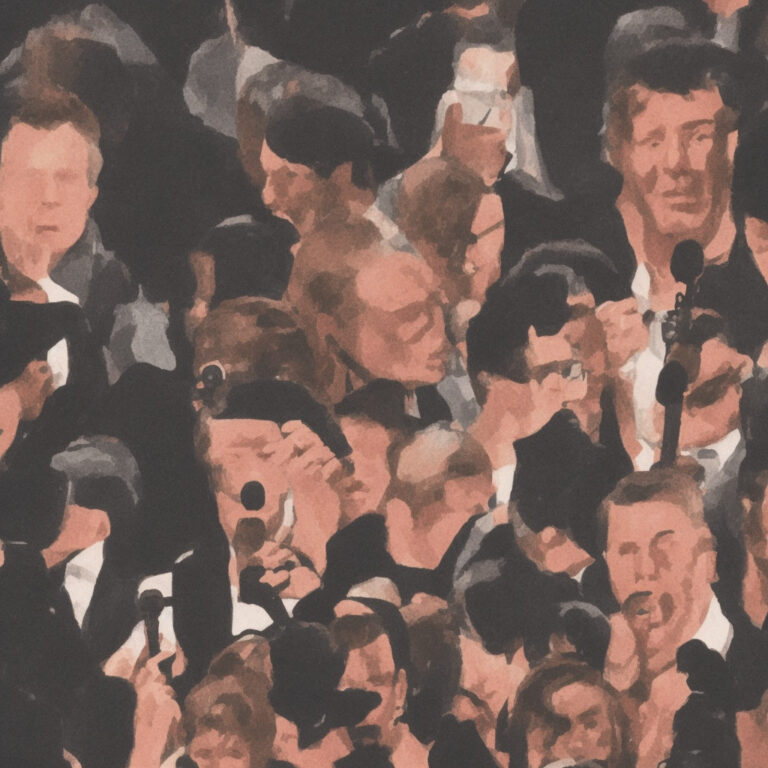
Indeed, “Jungleland” has been widely recognized as a significant musical masterpiece since its release as the closing track on Bruce Springsteen’s 1975 album, “Born to Run.” The song’s unique combination of rock and roll and cinematic storytelling has earned it lasting acclaim from critics and fans alike. In fact, Rolling Stone magazine ranked “Jungleland” at number 41 on their list of “The 100 Greatest Bruce Springsteen Songs.”
While “Jungleland” may not have garnered any specific awards, its parent album “Born to Run” was nominated for a Grammy Award and has been included in various lists of the best albums of all time. As part of Springsteen’s formidable repertoire, “Jungleland” contributed to his receiving a plethora of awards throughout his career, including 20 Grammy Awards, two Golden Globes, an Academy Award, and a Kennedy Center Honor.
In terms of appearances in popular media, “Jungleland” has made its mark in both film and television. The song was featured in the 2015 film “The Runner,” starring Nicolas Cage, as well as in the TV series “The Sopranos” during an emotional montage in the season 3 episode “Amour Fou.” Even though it has not been officially included in any video game soundtracks, the song’s anthemic quality and evocative narrative make it a fitting choice for various forms of media.
As is the case with many iconic tracks, “Jungleland” has inspired numerous cover versions over the years. Notable renditions of the song include a stripped-down piano version by Tori Amos during her 2005 Summer of Sin tour, and an orchestral adaptation by The Vitamin String Quartet on their 2008 album “VSQ Performs Bruce Springsteen.” Additionally, fellow musicians have often paid tribute to the song by performing it live during their own concerts, such as U2, who have incorporated snippets of “Jungleland” into their own performances on multiple occasions.
Despite its long and storied history, “Jungleland” remains an enduring work of musical artistry. From its accolades and media appearances to the various artists inspired to interpret it in their own ways, the song’s legacy is a testament to the lasting impact of Bruce Springsteen and his incredible body of work.
Dissecting the Musical Landscape
Diving into the musical intricacies of “Jungleland,” it’s essential to first note that the song is written in the key of E Major. This choice of key provides an uplifting and bright tonality that contrasts well with the somber themes of urban life and lost dreams that are lyrically expressed throughout the piece. The song’s structure is quite complex, with multiple sections flowing seamlessly into one another, creating a nearly ten-minute-long musical journey that is both epic and captivating.
The track kicks off with a soft piano intro, which is soon joined by the rest of the E Street Band, building up to the first verse. The chord progression is fairly simple in this section, utilizing the I-IV-V (E-A-B) chords that are common in rock music. However, as the song progresses, the chord structure becomes more sophisticated, introducing a vi-iii-IV (C#m-G#m-A) progression during the pre-chorus. The tempo of the song is moderately slow, hovering around 80 beats per minute (BPM), which allows the listener to fully absorb the emotion and power of Springsteen’s storytelling.
One of the most defining features of “Jungleland” is the impressive saxophone solo by the late Clarence Clemons. This solo, which spans nearly two minutes, showcases Clemons’ incredible musicianship and ability to create a soaring, emotional soundscape that complements Springsteen’s poignant lyrics. The solo is primarily built on the E Major pentatonic scale, which adds to the overall uplifting feel of the song.
Another noteworthy aspect of the track is the intricate rhythm section, featuring Max Weinberg on drums and Garry Tallent on bass. The duo provides a solid foundation for the song, with Weinberg’s tasteful drum fills and Tallent’s melodic bass lines serving as the backbone of the track. Additionally, the use of piano, organ, and glockenspiel by Roy Bittan and Danny Federici adds a layer of depth and texture to the song’s overall soundscape.
In conclusion, the musical structure of “Jungleland” is a testament to the skill and artistry of Bruce Springsteen and the E Street Band. The combination of complex arrangements, masterful musicianship, and emotional intensity creates a truly unforgettable listening experience that has solidified the song’s place in rock history.

